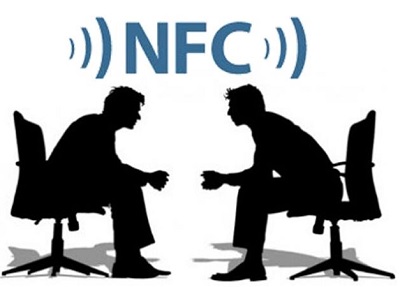Thinfilm and Evrythng have now come together for companies to be able to use this tech.
Thinfilm and Evrythng have now announced that they have enter into an agreement that will make it simpler for companies to be able to use the NFC technology sensor and barcode labels on their products so that they will be able to achieve better data flow management from the labeled items.
This involves the use of Thinfilm’s labels in combination with the Evrythng identity management platform.
Evrythng is a startup from the United Kingdom that is backed by Cisco, despite its awkward name. It seeks to be able to provide the layer for identity management over the internet of things. That business has now agreed to a partnership with Thinfilm, which is a printed NFC technology electronics company based in Norway.
This can bring together powerful identification with wireless labeling based on NFC technology and barcodes.
 Thinfilm has made a name for itself by manufacturing smart labels that contain various types of sensors and displays, as well as near field communication capabilities. These can be added to virtually any kind of product, including everything from clothing to food packaging. By joining that type of wireless labeling with Evrythng, the labeled items will be able to have their “identities” managed by the companies through the use of the Evrythng platform.
Thinfilm has made a name for itself by manufacturing smart labels that contain various types of sensors and displays, as well as near field communication capabilities. These can be added to virtually any kind of product, including everything from clothing to food packaging. By joining that type of wireless labeling with Evrythng, the labeled items will be able to have their “identities” managed by the companies through the use of the Evrythng platform.
Niall Murphy, the head of Evrythng, by adding printed electronics capabilities, it allows companies to be able to fix the scalability and cost issues that are linked to connecting objects to the world wide web in order to achieve tracking and interaction abilities. Flexible and printed electronics are on their way in a considerable wave for enhancing connectivity and to allow companies and consumers to benefit from a range of additional uses through a method that is inexpensive and increasingly simple to manufacture.
This also means that through the use of barcodes and NFC technology, individuals will be able to use their smartphones in order to read the labels so that they can be connected to the features on the Evrythng cloud platform, allowing for everything from product tracking to helping to overcome counterfeiting.


